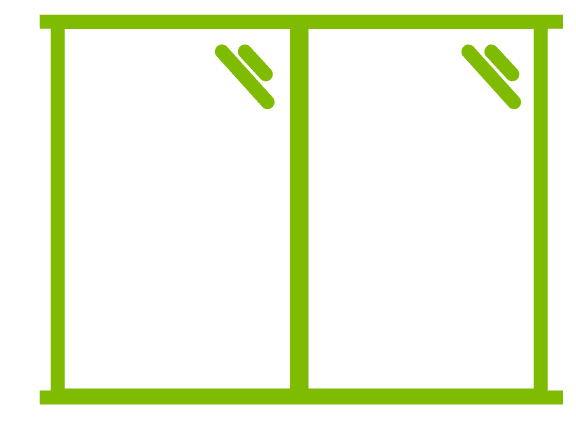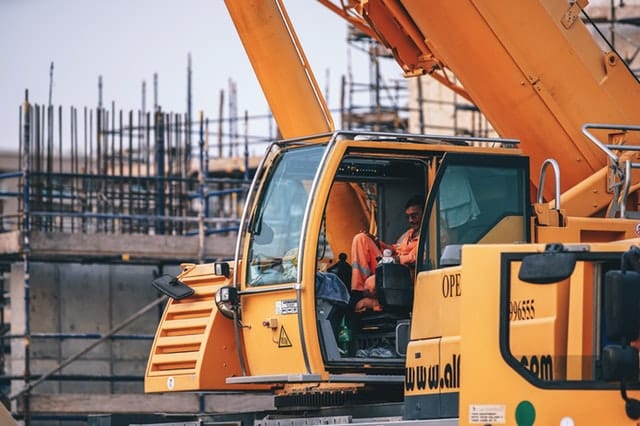Leadership in Energy and Environmental Design is the most widely used green building rating system in the world. Known for guiding how we can better create energy efficient buildings and more sustainable living and working communities, these rating systems are laying the foundation for not only how we build, but also how we maintain and solve building issues in the future. So how does this apply when thinking about building leak and curtain wall leak detection? This blog outlines some of the guiding principles of LEED and how we can apply them in building leak and curtain wall leak detection.
ASTM E779-10 Standard Test Method for Determining Air Leakage Rate by Fan Pressurization
These guidelines encourage ongoing improvements to a building’s performance. While not specifically outlined by LEED, there are many cases that can be made to earn credits for environmentally efficient buildings by utilizing air barrier and leak testing and providing these results to the proper channels.
Not only does air leakage account for higher energy costs and reduced efficiency it also negatively impacts overall comfort and quality inside of the building. Reducing these costs is a significant benefit to not only the bottom dollar amount spent on regulating the indoor temperature but the efficiency and quality of the building. These are the exact specifications and initiatives the LEED organization looks for in better building design.
Energy and Atmosphere Credits Through LEED
If your intent is to use building maintenance to improve building operations, energy, and resource efficiency, commissioning a partner well-versed in inspections for air leakage can help you accomplish those goals and apply for EA credits through LEED. The following excerpt from a credit application for qualifying for LEED certification explains the goals for implementing ongoing building processes.
Building Commissioning Implementation
Establish an ongoing commissioning process that includes planning, point monitoring, system testing, performance verification, corrective action response, ongoing measurement, and documentation to proactively address operating problems in the systems being commissioned.
The professional inspections done by Building Envelope Allies are an integral part of utilizing LEED standards to better your processes through not only performing the inspections but providing a third-party documentation process to prove your ongoing initiatives.
LEED credit applications outline the following:
- Define roles and responsibilities
- Measurement requirements (meters, points, metering systems, data access)
- Tracked points with frequency and duration for trend monitoring
- Establishing the limits of acceptable values for tracked points and metered values
- A review process that will be used to evaluate the performance
- Action plan for identifying and correcting operational errors and deficiencies
- Planning for repairs needed to maintain performance
- Frequent analyses in the first year (at least quarterly)
- Subsequent analysis cycle (at least every 24 months).
- Continue to update the facility’s operating and maintenance plan and current facilities requirements to reflect actual conditions and issue annual revisions of these documents.
Energy savings are only growing in popularity and necessity. For building owners and developers looking to grow in energy efficiency, continue to look for ways to boost efficiency. The professionals at Building Envelope Allies can help you understand building leak and curtain wall leak detection and how understanding these leaks impact buildings and efficiency. Contact our team for more information, details on how we can help, and how utilizing LEED standards in your own maintenance plans better prepare your building and future builds for developing energy standards.







